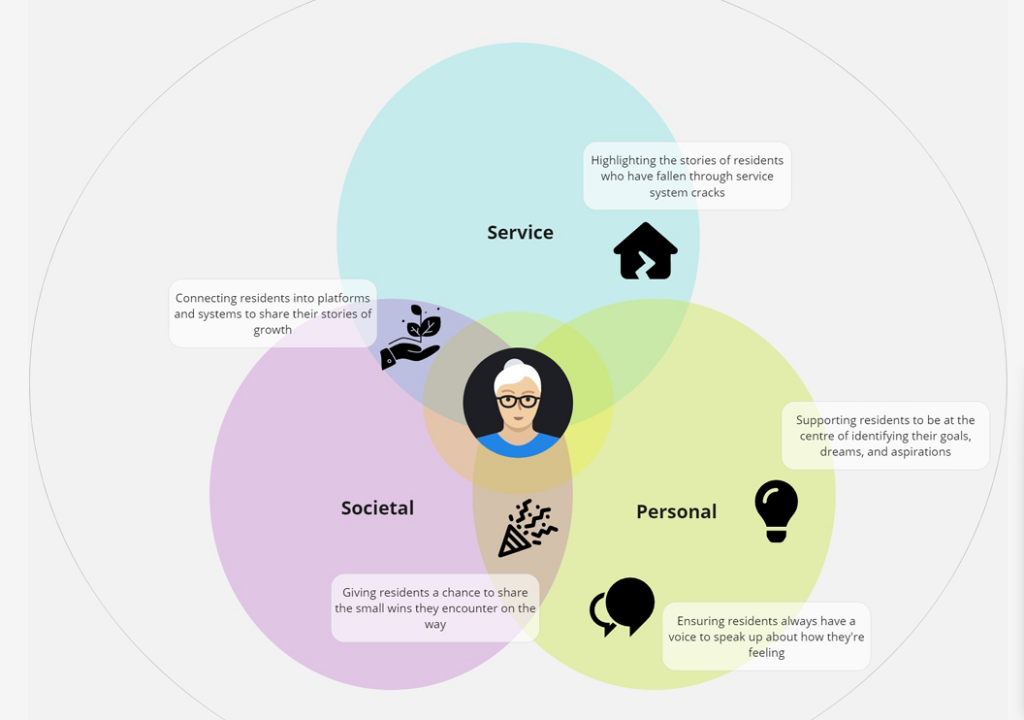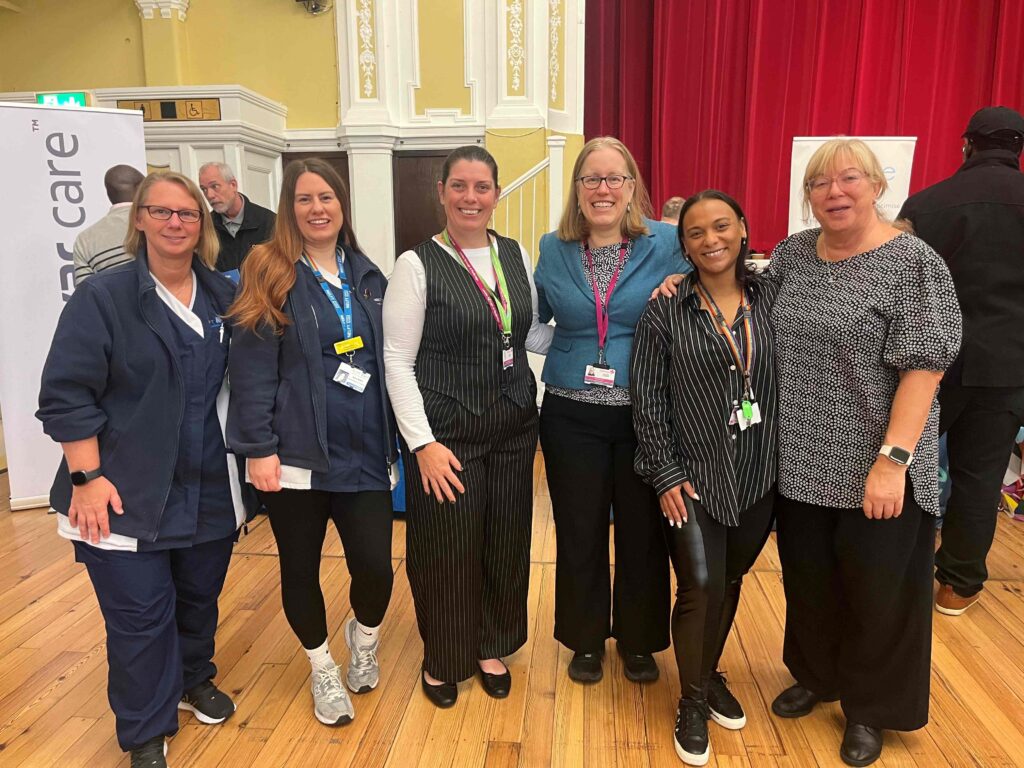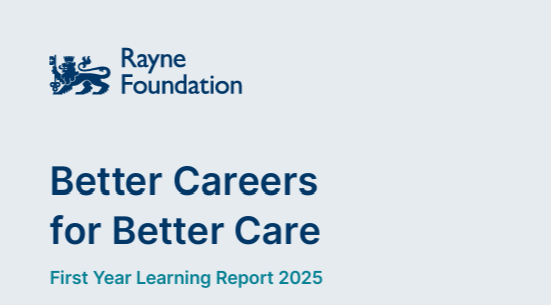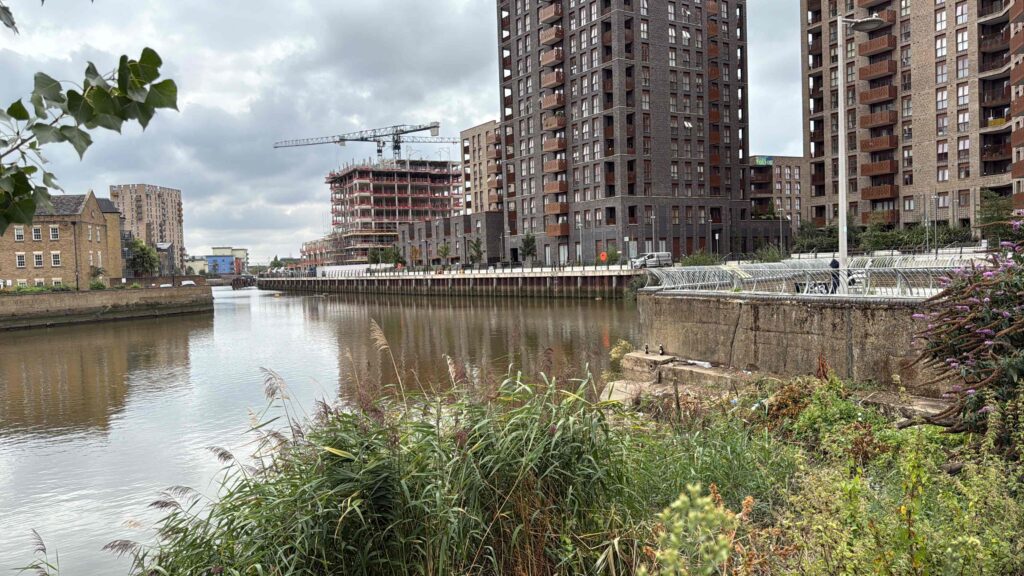Design Thinking, Journey Mapping, Prototyping. Project reflections from our intern

As we say goodbye to our wonderful LIS intern Sarah Trott, she shares her final reflections on working with Care City and, amongst many other learnings, how to get to grips with Miro boards!
Well, there we go. After 5 (incredibly short) weeks, my internship at Care City has come to what seems like a very sudden end.
If you haven’t been keeping up with my other blogs, you can read about the earlier stages of my internship here and here. But in case you haven’t read those instalments a big hello to you! My name is Sarah and I am a student from The London Interdisciplinary School (LIS), the UK’s newest university. I have been here on a 5 week internship at Care City exploring how we might bring lived experience into the Connect project: a one-year trial of relational working to address social isolation in Barking and Dagenham, one of the loneliest boroughs in London.
Since I last wrote one of these blogs a lot has happened. At that point I had spent some time learning about Human Learning Systems (the conceptual framework underpinning the Connect project); been on a visit to ShedLife (a peer support network founded by Humourisk CIC, one of our delivery partners on Connect); helped to co-create learning sessions, and had started to engage in a process of ‘Design thinking’ around how we could continue to keep lived experience at the core of this work on Connect. I’ve now just presented my final findings back to the head honchos on the Connect project. So, what happened in between? And most importantly, what have I learnt?
Journey Map
At the end of my last blog, I mentioned that I was bringing in the big guns (Care City’s very own Vedika) to help me to think about this project like a designer. We chatted and she suggested my next move should be to map out the resident journey through the Connect project. So, this is exactly what I did, utilising the aptly named design thinking tool ‘Journey Mapping’.
The map I created is a detailed visualisation that aims to capture the emotional and practical journey that residents go on when they start working on the Connect project. It follows the steps of finding out about the project, being referred in, building a relationship with one of our delivery partners, identifying goals to work towards, encountering and overcoming setbacks and eventually starting to connect back into community into a stronger and stronger way until feeling like they no longer need to be part of the project.
Five Key Points
Using this map, I identified five key ways that lived experience needed to be bought into the project to capture, learn from and share lived experiences across our three learning systems (personal, service, and societal). To meet the aims of the wider project (and hopefully start to build more evidence about how relational working works) engaging these three levels of learning is vital. The five ways we needed to find ways of bringing lived experiences in were:
- Something to elevate the stories of resident’s who have fallen through systemic cracks
- Something for residents to make sense of and record their goals, dreams, and past experiences
- Something to record the small wins along the way
- Something to help residents speak up about how they’re feeling
- Something to enable residents to share their stories of growth
Reflecting on the need for choice
In some of my earlier blogs, I wrote about how one of the biggest considerations was the need to make sure that whatever mechanisms we use to capture, learn from, and share lived experiences, they need to feel authentic and meaningful to residents. Ideally, this means co-creating with residents about how they would like to (and if they would like to) share their experiences of being part of this project. It’s vital this process remains completely voluntary and does not affect residents’ real or perceived ability to continue working with Connect.
With this continuing to be in my mind, I felt that it was important to create as much choice and flexibility as possible in the potential options to take forward and to ensure that whatever I left Care City with was designed in collaboration with those who would be at the forefront of bringing lived experiences into our project: residents and our delivery partners.
Quick prototyping with delivery partners
I quickly contacted all the delivery partners and some residents who had generously shared their experiences of social isolation during the initial design phase of Connect earlier this year. I wanted to share with them the journey map and talk through some potential methods I had been considering to address the five intervention points. Unfortunately, due to availability, I was only able to meet with the three delivery partners which meant that it wasn’t possible to fully engage residents within the 5 week timescale I had. This I think was a pivotal moment in the project, as I knew I didn’t want to go ahead with iterative prototyping 9as you would do in a full design process) without co-creating with residents.
However, I still had extremely interesting and productive conversations with the delivery partners, and feel strongly that they are uniquely placed to act as conduits for this work due to the close relationships they are building with residents.
The creation of a lived experience matrix
So, after all that I didn’t quite get to the point of iteratively testing a prototype. However, I remain convinced that’s not what the project required at this point in time. Speaking to the delivery partners and the residents at ShedLife, coupled with how early on in the project we are (1 month in out of the 12 month pilot) has highlighted that at this stage the most important work that we can do is to focus on building relationships with people in Barking and Dagenham.
I’m confident that this work will be taken on within Care City and across the delivery partner organisations, growing organically as we start to build deeper relationships with residents.
My hope is that co-creation of lived experience work on Connect happens naturally as the project progresses. But, what I have created for Care City in the final week of my internship is a framework (built out of my conversations with delivery partners) that I hope helps to bring structure to the process of engaging with lived experience, and provide ideas about which specific tools and methods would potentially work best in different scenarios. Hopefully, it lays the groundwork for more engagement with residents and covers everything from the use of cultural probes, to the creation of a lived experience advisory board. It lays out why each of the five stages I identified from the journey map are important, and provides guidance as to how different methods might feed into personal, service based, and societal learnings about relational working for social isolation.
I’m proud to have gotten that far!
What have I learnt?
At the end of five weeks I can honestly say I feel I’ve learnt a ton from being here at Care City. From becoming a Miro hero (those boards can be seriously useful if a bit unwieldy) to ‘building in public’ with these blogs.
However, I think by far the most important mind shift I will take away from this work, which applies to all relational based work, is the shift from needs-based thinking to asset-based thinking. From my previous and current experiences working for the NHS in a hospital and in the community, I know we often look towards what people can’t do rather than what they can. This comes from an altruistic place, wanting to make sure people have the right support. But on this project I have seen that there is a subtle but radically different way to engage with people, one that allows the residents we’re working with to give something back and feel empowered rather than helpless.
Professionally, I have learnt a lot about working cross organisationally, managing my diary, and project management. Most of all, I have reassessed and reimagined what it’s possible to achieve in 5 weeks of work on a project, which has been an incredibly valuable experience.
And despite the challenge of being almost entirely remote-based (which of course makes it slightly harder to slot into a new team), everybody has helped to make me feel so welcomed and have bent over backwards to help me in any way they can. I would like to say a big thank you (in no particular order) to Emily, Michael, Elspeth, Susie, Onye, Abs, Lisa, Rachel, and Vedika for all their help on this project. You have all been amazing, thank you so much for having me!



